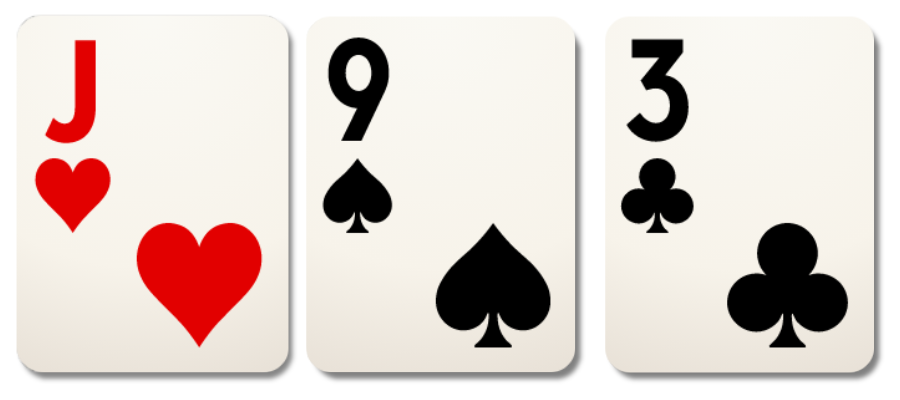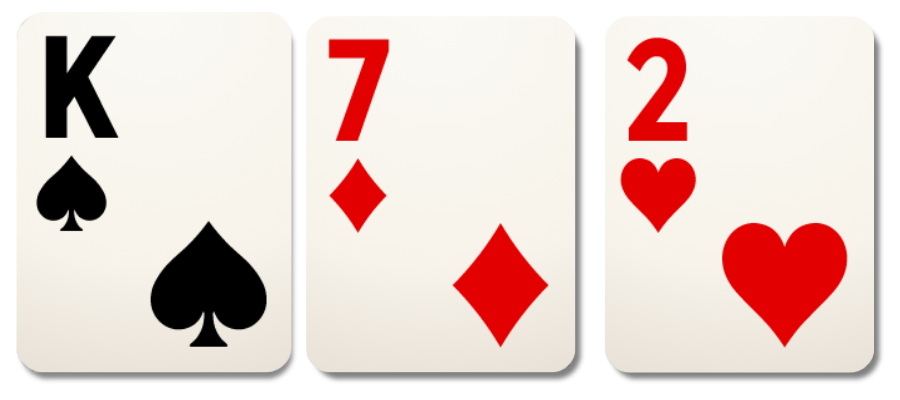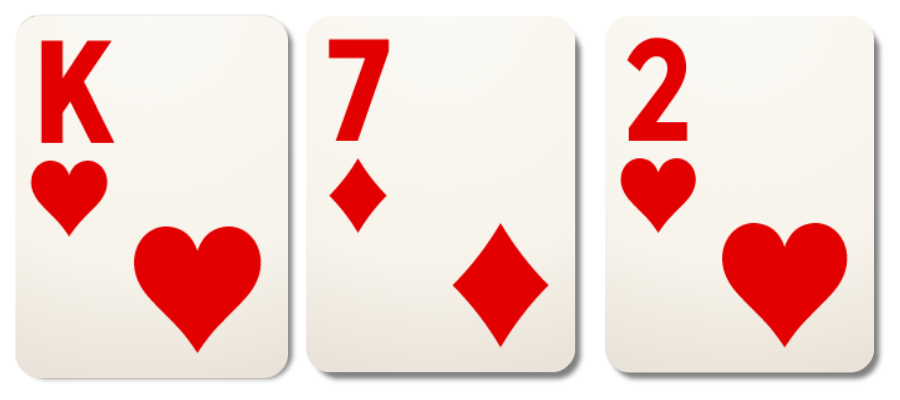Go back a decade, and the concept of “equity retention” would feature commonly in discussions among advanced poker players. In many cases, it might have been one of the most crucial considerations in determining the best play.
Fast forward to the modern era, and many players are not even familiar with the term equity retention.
The following guide introduces the concept of equity retention and explains how to use it to improve the quality of our decisions in poker games.
What is Equity Retention in Poker? Definition and Basics
We can define equity retention as follows:
The ability of a hand to retain its equity in the face of increasingly strong ranges.
As a quick recap, pot equity describes the percentage chance that a hand will win at showdown, ignoring any chances to fold.
Some poker combos lose most of their pot equity in the face of a strong range, while others perform reasonably well even when facing the nuts.
Let’s see an example:
Understanding Equity Retention: Examples and Insights
Imagine seeing a J93 rainbow board in Hold’em and choosing between the two following hands:

- AJo (top-pair-top-kicker)
- T8o (open-ended-straight-draw)
Which hand would you pick?
Given the choice, many players might pick the AJo since it is already a made hand.
The correct answer is that it should depend on Villain’s range. Against a wide range we should prefer top-pair-top-kicker, whereas against a very tight range we should prefer the open-ended-straight-draw.
Let’s see why by first considering the equity of each hand when facing a range of any two cards on the J93 rainbow texture.
Equity Retention vs Wide Ranges on J93 Board
|
Hand |
Pot Equity |
|
AJo |
83% |
|
T8o |
52% |
In this context, we can see that the top-pair-top-kicker is a lot stronger in terms of pot equity.
Let’s now imagine that our opponent has an extremely strong range consisting purely of KK+ and sets.
Equity Retention Against Strong Ranges (KK+ and Sets)
|
Hand |
Pot Equity |
|
AJo |
10% |
|
T8o |
30% |
Both hands clearly take a large hit in equity, facing the stronger range.
Note that the T8o loses a lot less equity overall and is now outperforming the AJo, which lost the majority of its value.
Although AJo had more equity against the wide range, T8o is a hand with better equity retention. It retains a lot of its equity even when facing stronger ranges or poker hand rankings.
Top Hands for Equity Retention in Poker
Hands with the best equity retention can outdraw strong holdings by easily improving to big 5-card holdings like straights, flushes and full houses.

Nut flush draws and nut straight draws are prime examples of hands with excellent equity retention since they can outdraw even the strong holdings within our opponent’s range.
On the other hand, lone pairs usually have poor equity retention on almost any poker board. They are close to drawing dead against stronger holdings like sets, straights and flushes. Pairs perform very well against wide ranges but can be completely crushed by strong ranges.
Another critical rule is that nutted holdings have better equity retention than dominated holdings.
For example, top set will always have better equity retention than bottom set since it makes nut full houses. Nut flush/straight draws have better equity retention than dominated flush/straight draws, etc.
Strategic Applications of Equity Retention in Poker
The key strategy concept here is that we should be looking to play large pots with hands with good equity retention. The larger the pot grows, the stronger our opponent’s range will be.
Conversely, hands with poor equity retention should keep villain’s range wider by playing medium-sized or small pots.
As a simple application of this rule, imagine the following flop cbet scenario:

Board: K♠7♦2♥
Hand 1: A♠5♠
Hand 2: A♣8♣
Both hands would make reasonable cbets on such a dry texture, but the A♠5♠ has better equity retention since it offers a backdoor flush draw.
It’s a better candidate for playing aggressively since it still has a chance to outdraw the stronger holdings in Villain’s range by catching runner-runner flush.
Pure high-card hands typically have poor equity retention since they can only improve to pairs which struggle against strong ranges.

Board: K♥7♦2♥
Hand 1: A♥5♥
Hand 2: 3♥4♥
In this case, both hands are reasonable to cbet and have good equity retention since they have the flush draw.
The nut flush draw has better equity retention, though, since it will also beat poker board Villain’s weaker flushes if it improves.
We might use this as a reason to limit the size of the pot with the dominated flush draw (by checking). But we can actively grow the pot with the nut flush draw (by cbetting).
Applying Equity Retention Principles in Poker Games
The poker term “Equity Retention” is a principle that can help us improve the quality of our decisions. However, it is not a hard and fast rule.

For example, hands with poor equity retention may sometimes play aggressively on the earlier streets since they are vulnerable to being outdrawn.
It's also correct, in theory, to run some big bluffs with hands that have very poor equity retention, according to poker solvers.
Of course, just because a poker solver does something, does not mean it is the best strategy in practice.
It’s possible to generate excellent results by showing a strong tendency towards only playing large pots with equity-retentive hands.


